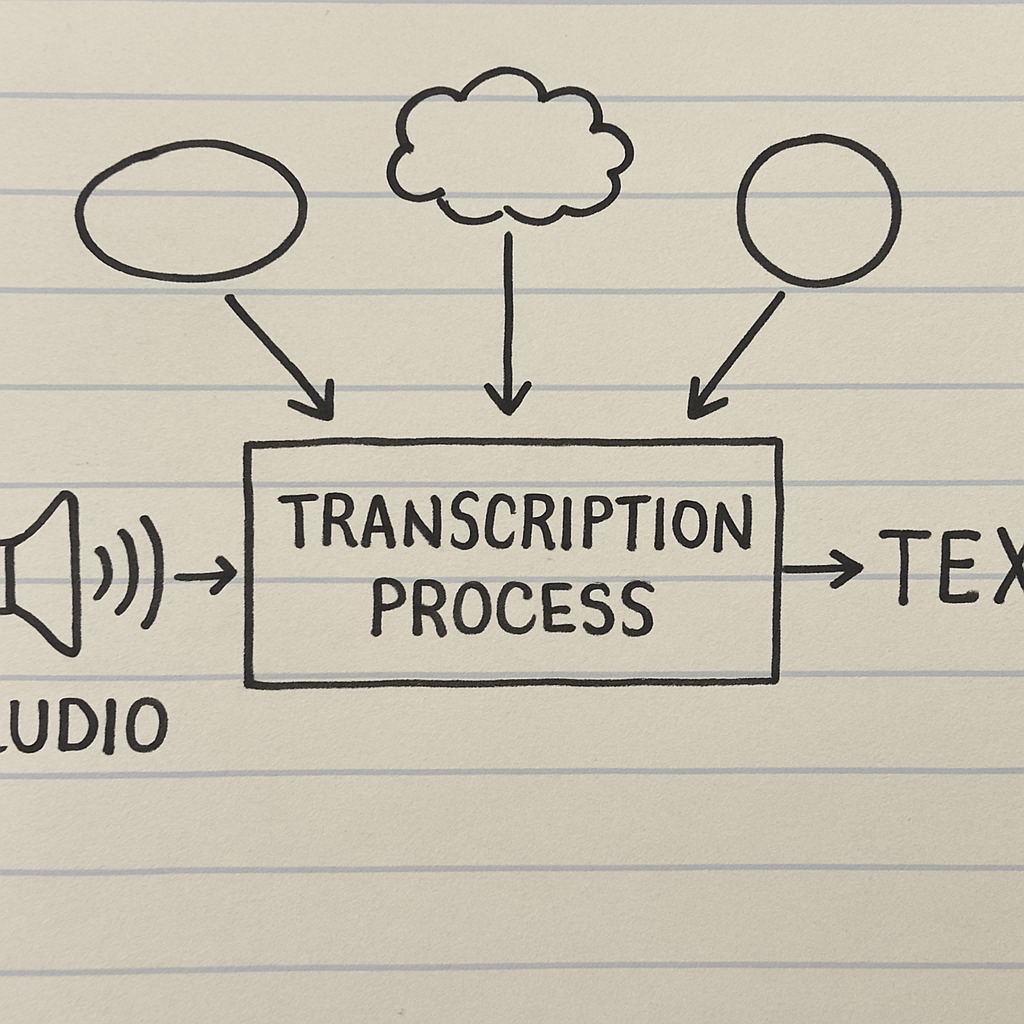Transcribing focus group discussions is a crucial step in qualitative research. It forms the foundation for data analysis and ensures that the insights drawn from discussions are accurate and reliable. Whether you are a seasoned researcher or new to this field, understanding how to transcribe effectively is key to obtaining valuable data from your focus groups.
In this article, we will explore the essential steps and best practices for accurately transcribing focus group discussions. We will also discuss the importance of transcription in qualitative research and how it can enhance your data analysis process.
Focus group transcription involves converting the spoken content from group discussions into written text. This process is vital for capturing every detail of the conversation, including the nuances and emotions that may not be evident in the audio alone.
 The Role of Transcription in Qualitative Research
The Role of Transcription in Qualitative Research
Transcription plays a significant role in qualitative research as it provides a detailed account of the discussions. This allows researchers to analyze the data thoroughly and identify patterns, themes, and insights that are crucial for their study.
By having an accurate transcription, researchers can:
- Ensure that all viewpoints are captured and considered.
- Facilitate a deeper understanding of the participants’ perspectives.
- Enhance the validity and reliability of the research findings.
Preparing for Transcription
Before diving into the transcription process, it’s important to prepare adequately. Here are some steps you should take:
Choose the Right Tools
Selecting the right tools for transcription can make the process more efficient. Consider using transcription software that offers features like automatic speech recognition, timestamping, and speaker identification. These tools can speed up the transcription process and help maintain accuracy.
Organize Your Audio Files
Ensure that your audio files are well-organized and clearly labeled. This will make it easier to locate specific sections during transcription. Additionally, check the audio quality to ensure that all participants’ voices are audible and clear.
The Transcription Process
Once you have prepared your tools and audio files, it’s time to begin transcribing. Follow these steps to ensure accuracy:
 Listen Carefully
Listen Carefully
Start by listening to the entire recording without writing anything down. This will help you understand the context and flow of the discussion. Pay attention to the tone, pauses, and any background noises that could affect the transcription.
Use a Consistent Format
Establish a consistent format for your transcription. This includes how you will denote different speakers, pauses, and non-verbal cues. A consistent format makes it easier to follow and analyze the transcript later.
Break It Down
Focus group discussions can be lengthy, so break down the transcription into manageable sections. Transcribe in short intervals, and take breaks to avoid fatigue, which can lead to errors.
Verify Speaker Identity
Accurately identifying speakers is crucial for capturing the full context of the discussion. Use speaker labels to differentiate between participants, and ensure that you can consistently identify who is speaking.
Capture Non-verbal Cues
Non-verbal cues such as laughter, sighs, or pauses can add depth to your analysis. Be sure to include these in your transcription to provide a fuller picture of the group dynamics.
Reviewing and Editing
After completing the initial transcription, it’s important to review and edit your work. This ensures that the transcript is accurate and free of errors.
Proofread for Accuracy
Carefully proofread the transcript to check for any mistakes or inconsistencies. Compare it with the audio recording to ensure that all content is accurately captured.

Edit for Clarity
Edit the transcript to improve clarity while maintaining the integrity of the original content. Remove any unnecessary filler words or repetitions, and correct any grammatical errors.
Seek Feedback
If possible, have another person review your transcription. A fresh set of eyes can catch mistakes you might have missed and provide feedback on the overall accuracy and readability of the transcript.
Best Practices for Accurate Transcription
To enhance the accuracy of your focus group transcriptions, consider the following best practices:
- Use High-Quality Recording Equipment: Ensure that you use high-quality microphones and recording devices to capture clear audio, which makes transcription easier.
- Minimize Background Noise: Conduct focus group discussions in a quiet environment to reduce background noise and improve audio clarity.
- Familiarize Yourself with the Topic: Understanding the subject matter of the discussion can help you better interpret the audio and accurately transcribe technical terms or jargon.
- Practice Active Listening: Stay focused and attentive throughout the transcription process to avoid missing important details.
Conclusion
Accurate transcription of focus group discussions is an essential part of qualitative research. By following the steps and best practices outlined in this article, you can ensure that your transcriptions are reliable and useful for data analysis. Remember, a well-executed transcription not only enhances the validity of your research but also provides valuable insights that can inform your study’s conclusions.
With the right approach and tools, you can master the art of focus group transcription and contribute to meaningful qualitative research.


